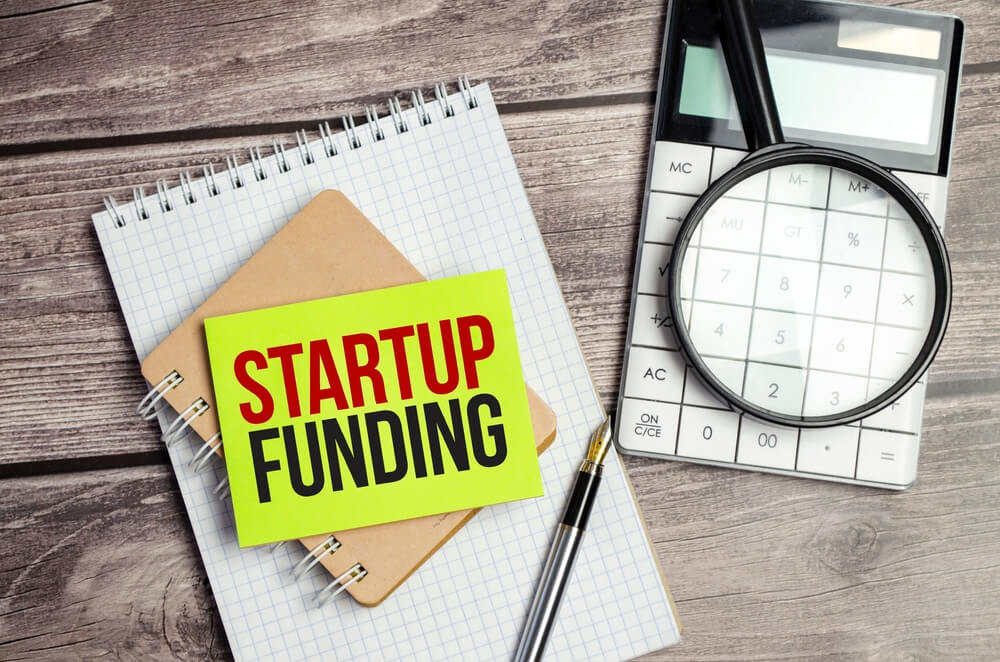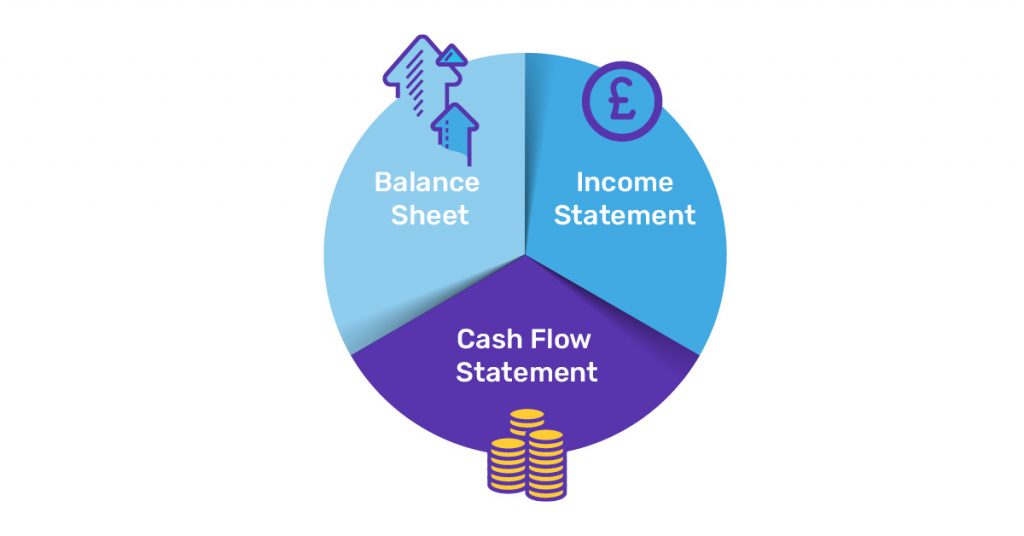One of the most frequent questions entrepreneurs ask is, “How much should I allocate for startup branding?” This query often comes from those new to the process and unsure of the cost involved. Like with many things, the answer is not straightforward—it depends. Several factors, such as the stage of your startup, objectives, and financial capacity, influence how much you should spend on branding.
Key Elements That Determine Branding Costs

- Your Goals
- Customer Expectations
- Market Competitiveness
- Nature of Product or Service
These elements vary from one startup to another and evolve as the business grows. For instance, a startup entering a crowded market may need to spend more on creating a standout brand than one in a niche with less competition.
Consider a scenario where a startup selling consumer goods in a competitive market needs to make an immediate impression. Such businesses often invest in high-quality visuals and a strong brand identity from the start.
On the other hand, a business-to-business (B2B) startup offering specialised software may only require a basic but professional logo and branding to attract early-stage investors or customers. The contrast in branding needs for different startups shows that how much you spend depends largely on your specific circumstances.
Aligning Branding with Startup Objectives

To clarify how much you should spend on branding, consider your primary business objectives, whether they involve raising funds, launching a product, or growing your customer base.
1. Raising Funds
If your goal is to secure early-stage funding, your branding can be simpler. At this point, investors focus more on your product’s potential than its aesthetics. A minimalist, professional brand identity—perhaps just a well-designed logo and basic visuals—will suffice. This level of branding might only cost a few hundred dollars, especially if outsourced to freelance designers.
However, investing more in professional branding is wise if you’re seeking more significant investments, such as seed funding. A polished look can instill confidence in potential investors, signalling that your product is ready to scale. Typically, at this stage, startups might allocate 5-10% of their budget toward branding, depending on the amount raised.
2. Launching a Product
Branding becomes more critical when preparing to take your product to market. At this point, you’re appealing to investors and customers. Your brand must be visually appealing enough to generate excitement, but it doesn’t have to be extravagant. A clear, attractive brand identity that communicates your value proposition is key.
Startups in the consumer space may need to invest more in visuals, while those in B2B sectors can focus on getting the messaging right. Branding at this stage should prioritise clear communication over visual polish, ensuring potential customers understand why your product is valuable to them.
For startups in the product launch phase, investing 5-15% of their total business budget into branding is typical, depending on the overall financial scope and marketing goals.
3. Scaling the Business

Once you’ve captured the attention of early adopters, the next challenge is scaling your business. This requires a more robust and consistent brand identity across all platforms. As your company grows, you’ll likely need to create original, high-quality assets such as custom photography, illustrations, and other visuals that distinguish your brand from competitors.
Consistency in brand identity is crucial as you expand, particularly if you’re entering new markets. A well-defined brand identity makes your business recognisable without relying on a logo. As you scale, branding expenses often become part of a larger marketing budget, and decisions around branding investments should be informed by data, such as how the branding impacts sales and customer engagement.
Conclusion
In summary, your branding budget should align with your current business goals. Minimal branding can suffice for early-stage startups, while businesses ready to launch should focus on creating a brand that effectively communicates value to customers. Investment in a unique and consistent brand identity becomes essential as you scale.
By understanding your branding strategy and aligning it with your business objectives, you can build a credible and adaptable brand for future growth. Knowing when and how much to invest in branding is key to long-term success.




